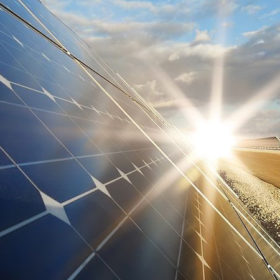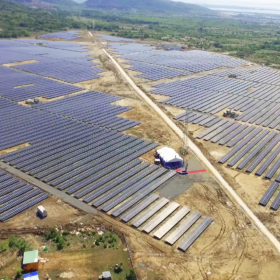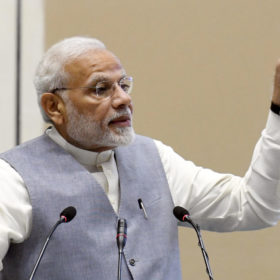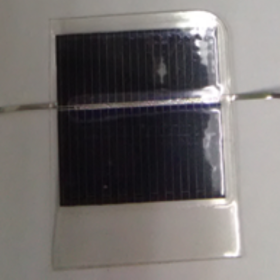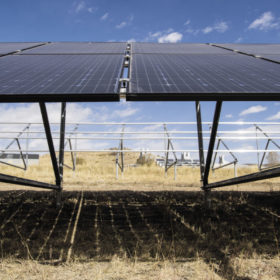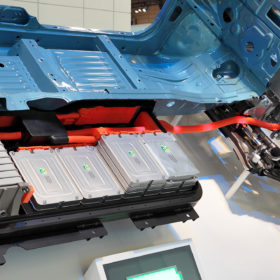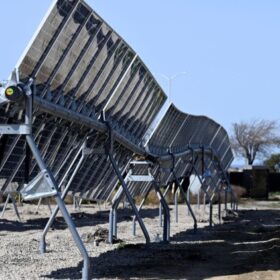Indian Railways to set up 3 GW solar plants on vacant land
The projects—to be developed in three phases of 1 GW each—are expected to be completed by year 2022-23. While the first and the third phases will be developed under public-private partnership basis, the second phase will be on the ownership model of REMCL and eligible for capital subsidy under the CPSE scheme.
Solar costs have fallen 82% since 2010
The levelized cost of energy generated by large scale solar plants is around $0.068/kWh, compared to $0.378 ten years ago and the price fell 13.1% between 2018 and last year alone, according to figures released by the International Renewable Energy Agency.
Risen reaffirmed as India’s biggest solar module supplier in 2019
The Chinese manufacturer maintained its leading volume supplier position with the highest market share while accruing over 3.6 GW module installations in India.
Decelerating PV module prices may start increasing in fourth quarter
Market dynamics may again alter the global supply-demand picture for solar modules, leading to an increase in prices or price stabilization.
Adani chief talks solar and hydrogen storage opportunity
Covid-19 crisis has provided system operators with insights on keeping the grid stable with high levels of renewable penetration. Post Covid-19, this may be the new norm, Gautam Adani said in a LinkedIn post recently.
Modi calls for a rooftop-solar-powered city in every state
The prime minister again emphasized the need for India to develop a domestic solar manufacturing industry and also urged officials to get on with plans to make Ladakh carbon-neutral.
Pouch lamination technique for solar cell encapsulation
Madurai Kamaraj University scientists have used a pouch laminator to encapsulate a polycrystalline solar cell. The resulting device, the researchers claim, showed better UV photon absorption than solar cells treated with a polymer surface coating.
Integrating agriculture and solar energy production
A study by Germany’s Fraunhofer Institute for Solar Energy Systems has evaluated the feasibility of horticulture PV at the site of Paras in Akola district of Maharashtra, where the state utility Maharashtra State Power Generation Co. Ltd (Mahagenco) is considering to install a ground-mounted solar system on more than 100 hectare (ha) of arable land.
Used EV batteries for large-scale solar energy storage
MIT scientists have suggested used electric vehicle batteries could offer a more viable business case than purpose-built systems for the storage of grid scale solar power in California. Such ‘second life’ EV batteries, may cost only 60% of their original purchase price to deploy and can be effectively aggregated for industrial scale storage even if they have declined to 80% of their original capacity.
Rs 900-billion package not a solution to Discoms’ woes, but offers respite
For long-term stability, Discoms need to address operational issues like low billing and collection efficiency and high aggregate technical and commercial losses.
